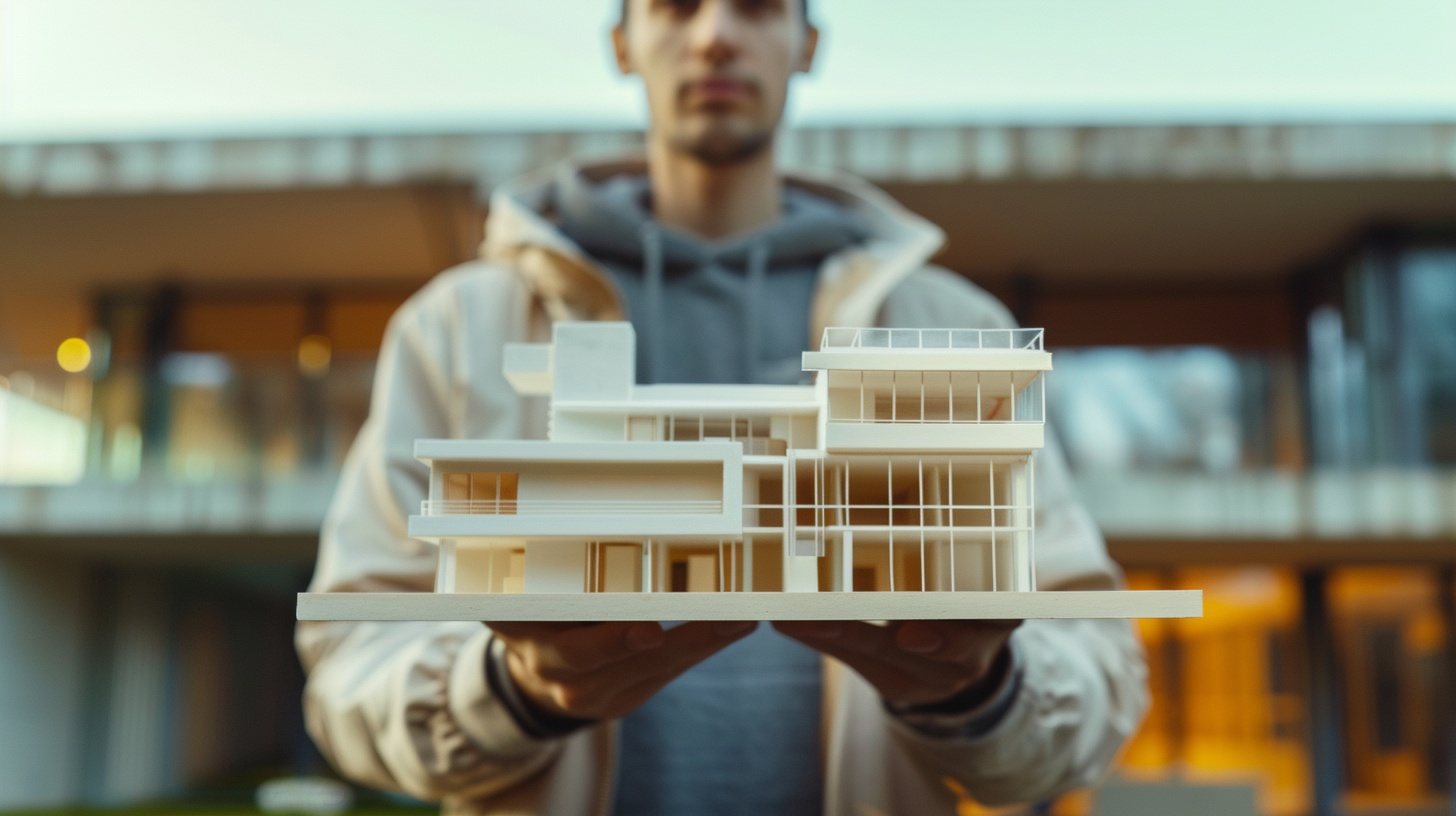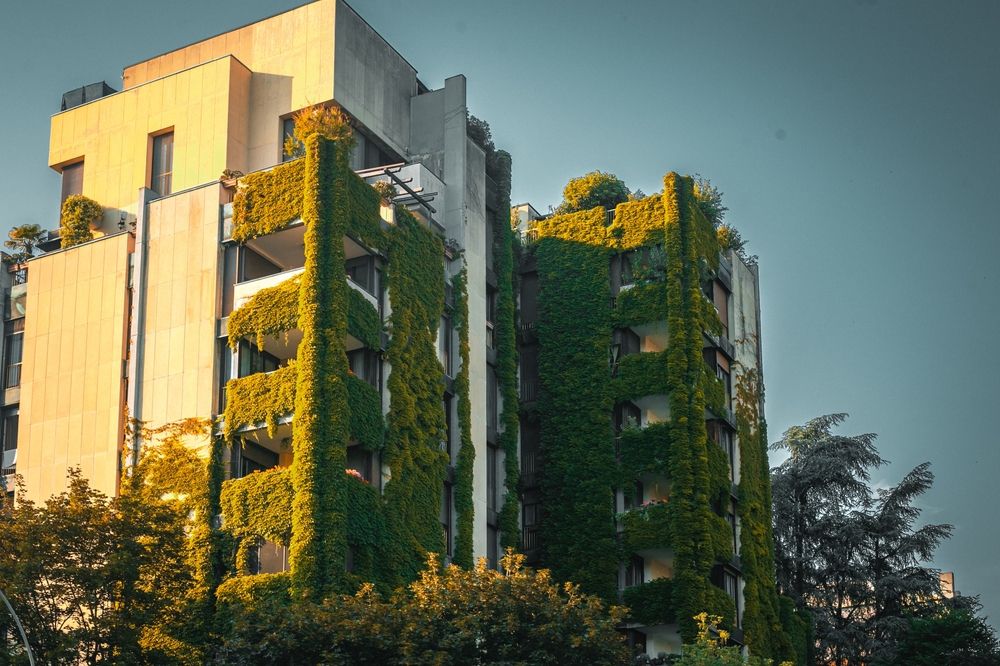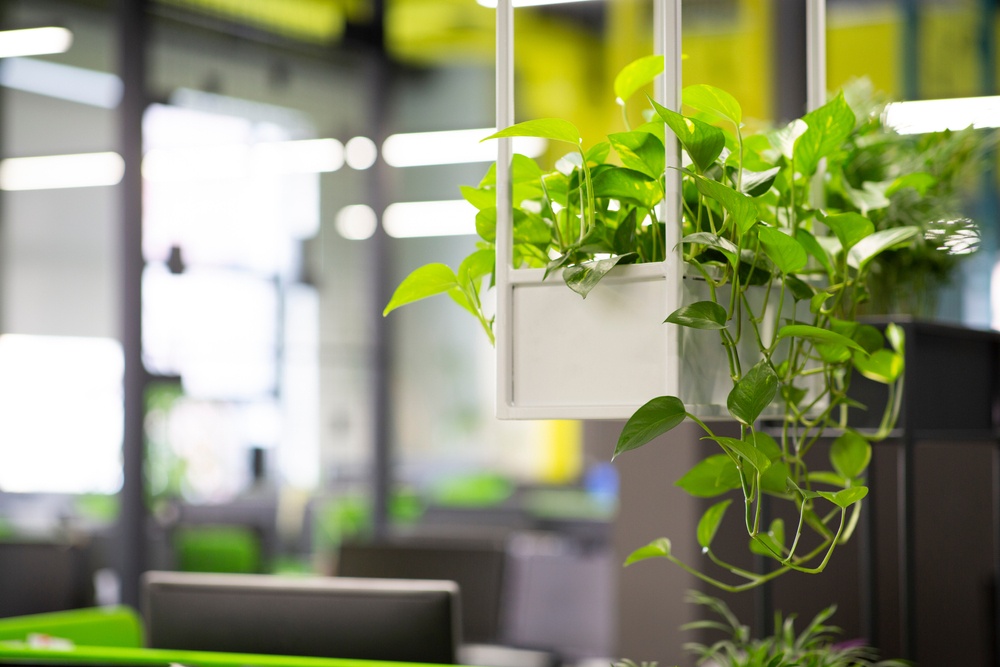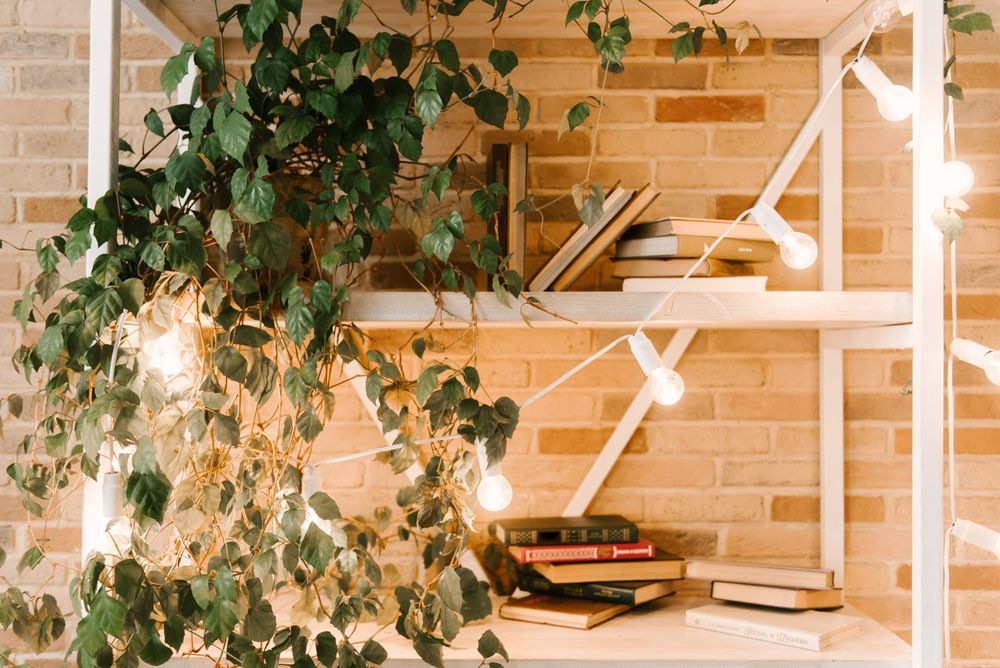
A Guide to Incorporating Biophilic Design in Buildings

In today’s fast-paced world, where concrete jungles dominate our urban landscapes, there’s a growing desire to reconnect with nature, even within the confines of our built environment. This desire has sparked a movement towards biophilic design, an approach that seeks to incorporate natural elements and principles into buildings to enhance human well-being and productivity. If you’re intrigued by the idea of bringing nature into your living or working space, this guide will walk you through the fundamentals of incorporating biophilic design into buildings.
Understanding Biophilic Design
Biophilic design isn’t just about adding a few plants here and there; it’s a holistic approach that integrates nature into every aspect of the built environment. Whether you’re designing a home, office, school, or healthcare facility, the principles remain the same. It’s about creating spaces that foster a sense of connection to the natural world, promoting both physical and mental health. From maximizing natural light and views of greenery to using natural materials and incorporating elements like water features and living walls, biophilic design aims to create environments that uplift and inspire.
Practical Strategies for Implementation of Biophilic Design
Now that we understand the essence of biophilic design, let’s explore some practical strategies for incorporating it into buildings. One of the simplest ways to introduce biophilia is through natural light. Maximizing daylight not only reduces the need for artificial lighting but also improves mood and energy levels. Similarly, bringing the outdoors in through features like large windows, skylights, and indoor gardens can create a seamless transition between indoor and outdoor spaces, blurring the boundaries between the two.
Another key aspect of biophilic design is the use of natural materials. From wood and stone to bamboo and cork, incorporating natural elements adds warmth and texture to interiors while reinforcing the connection to nature. Consider using sustainable materials sourced responsibly to minimize environmental impact. Additionally, water features such as fountains, ponds, or even simple tabletop water features can evoke a sense of tranquility and relaxation, mimicking the calming effects of natural water bodies.
Exploring Biophilic Design in Different Settings
Now that we’ve covered the basics of biophilic design, let’s delve deeper into how these principles can be applied in various settings, from homes to offices and beyond. Whether you’re looking to create a peaceful retreat in your backyard or a vibrant workspace that inspires creativity, biophilic design offers endless possibilities for enhancing your environment.
Biophilic Design at Home
Your home is your sanctuary, and biophilic design can help transform it into a haven of tranquility and connection to nature. Start by drawing the outside in with large windows that frame views of your backyard or surrounding greenery. Bring nature-inspired elements indoors, such as natural materials like wood and stone, to create a warm and inviting atmosphere. Consider carving out cozy nooks or alcoves where you can relax and unwind, surrounded by lush plants and soft natural light.

In the Office
Creating a productive and inspiring workspace is essential for maintaining employee morale and creativity. Incorporating biophilic design principles can help foster a sense of well-being and connection to nature, even in the heart of the urban jungle. Utilize natural light to its fullest extent by positioning workstations near windows and minimizing the use of artificial lighting. Introduce elements of nature, such as potted plants, green walls, or even a small indoor garden, to purify the air and create a more vibrant and refreshing environment.

In Educational Settings
Schools and educational facilities can benefit greatly from biophilic design, enhancing students’ learning experiences and overall well-being. Create learning environments that inspire curiosity and exploration by incorporating elements of nature throughout the campus. Design outdoor classrooms or nature-inspired play areas where students can connect with the natural world and engage in hands-on learning experiences. Introduce natural materials and textures into classrooms and common areas to create a stimulating and nurturing environment for students of all ages.

In Healthcare Facilities
In healthcare settings, where patients are often in need of comfort and healing, biophilic design can play a crucial role in promoting recovery and well-being. Incorporate healing gardens or outdoor therapy spaces where patients can reconnect with nature and find solace in their surroundings. Utilize natural materials and soothing colors to create calming and welcoming environments that reduce stress and anxiety. Integrate views of nature into patient rooms and treatment areas to provide comfort and distraction during difficult times.

Implementing Biophilic Design in Your Project
Now that we’ve explored the principles and applications of biophilic design, it’s time to take action and incorporate these concepts into your next architectural project. Whether you’re a homeowner, architect, designer, or developer, there are several steps you can take to embrace biophilic design and create spaces that are not only visually stunning but also promote well-being and sustainability.
1. Define Your Vision
Start by defining your vision for the project and identifying how biophilic design principles align with your goals. Consider the specific needs and preferences of the occupants, as well as the unique characteristics of the site and surrounding environment. Whether you’re aiming to create a serene retreat, a dynamic workspace, or a healing environment, clarity of vision is essential for guiding the design process.
2. Collaborate with Experts
Collaborate with architects, designers, and other experts who specialize in biophilic design to bring your vision to life. Seek out professionals who have experience integrating nature-inspired elements into their projects and who understand the principles of biophilic design. By working together, you can leverage their expertise to create spaces that seamlessly blend with the natural environment and enhance the human experience.
3. Incorporate Biophilic Elements
Identify opportunities to incorporate biophilic elements into every aspect of the design, from the layout and materials to the lighting and landscaping. Maximize natural light by strategically positioning windows and skylights to capture daylight throughout the day. Use natural materials such as wood, stone, and bamboo to add warmth and texture to interiors. Introduce indoor plants, green walls, and water features to purify the air and create a sense of connection to nature.
4. Prioritize Sustainability
Incorporate sustainable design principles into your project to minimize environmental impact and promote long-term resilience. Choose materials that are responsibly sourced, energy-efficient, and durable, and prioritize energy-saving technologies such as passive solar design and efficient HVAC systems. Consider incorporating green infrastructure such as green roofs and rain gardens to manage stormwater and improve biodiversity.
5. Engage with the Community
Engage with the community and stakeholders throughout the design process to gather feedback, build consensus, and foster a sense of ownership and pride in the project. Host community workshops, design charrettes, or public meetings to solicit input and ideas from residents, local businesses, and other stakeholders. By involving the community in the design process, you can create spaces that reflect the values and aspirations of the people who will use them.
Conclusion
By embracing biophilic design principles and incorporating elements of nature into our built environment, we can create spaces that enhance our well-being, foster connection, and promote sustainability. Whether you’re designing a home, office, school, or healthcare facility, biophilic design offers endless opportunities for innovation and creativity. So, take the first step towards creating a more vibrant, healthy, and resilient built environment by incorporating biophilic design into your next architectural project.
Ready to get started with your architectural planning journey? Contact Designs Boss today to learn more about our biophilic design services and start transforming your space into a sanctuary of natural beauty and inspiration.
Latest

What Makes a Good Architectural University

What Are The Most Beautiful Bridges Ever Designed

